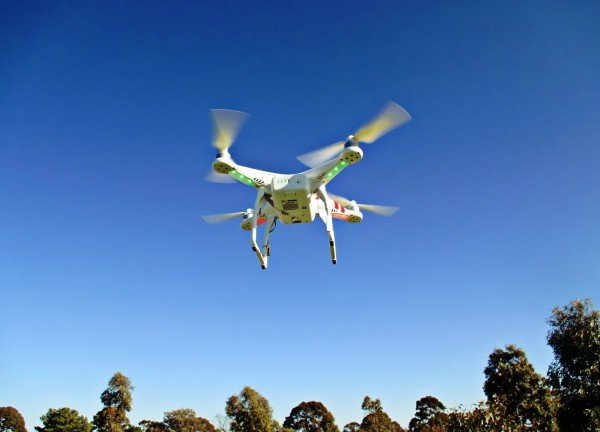The largest ‘drone test area’ in the world is also providing key information about how flying cars could safely share the same airspace.
As stories about flying car innovations flood in from billionaire tech companies, globe-trotting car manufacturers and mega property developers, such as the creation of private ‘skyports’ on top of luxury Miami penthouses, you could be forgiven for missing the importance of a little project on the Kasungu Aerodrome, about an hour an half drive outside of Lilongwe, the capital city of Malawi.
Since 2016, the area has been home to the largest test ‘drone corridor’ in the world. The 5,000 square km stretch of air — 400m above ground level — has been set up by the Malawian Government and charity UNICEF to test humanitarian uses for drones, such as how best to use unmanned aircraft to extend Wifi coverage, deliver blood transfusions or drop off much-needed medical supplies.
But it just so happens that the lessons learned during the research period are also helping to resolve some of the biggest obstacles facing the development of flying cars.
Anything that travels above the ground has one major objective: avoid crashing. While in commercial flying this risk is offset by extensive training for pilots, most experts – including Jonathan Aitken, a teacher in robotics at the University of Sheffield – believe flying cars will be autonomous, navigating low-ish altitudes on their own.
This presents a series of problems: how can multiple flying cars safely travel in the same airspace at the same time? Or avoid unexpected obstacles? Or communicate with each other in the event of a problem?
Solutions used by self-driving road cars — which recent experience has shown to be imperfect, following the death of a US woman who was hit by an autonomous vehicle — would not necessarily be effective or reliable enough in the skies. They commonly use GPS, which is notoriously succeptible to changes in the atmosphere, and infrared lasers, which are reliant upon assessing recognisable landmarks.
All of this is why the Malawian drone corridor is so important. Alongside drastically shortening the amount of time that health clinics take to deliver a blood sample or order a drug, the project’s trialling of Beyond Visual Line of Site testing has led to major advancements in flying autonomous systems. Aitken notes the geo-fenced airspace passed without incident — “suggesting that in sparsely-populated terrains, flying air corridors may have a future”.
While it seems likely that trials in busier skies would have more to contend with, the Malawian case showcases the potential for vehicles to occupy the same airspace at the same time — and fulfil core functions without threatening the safety of other vehicles.
[shakers_mentioned]
